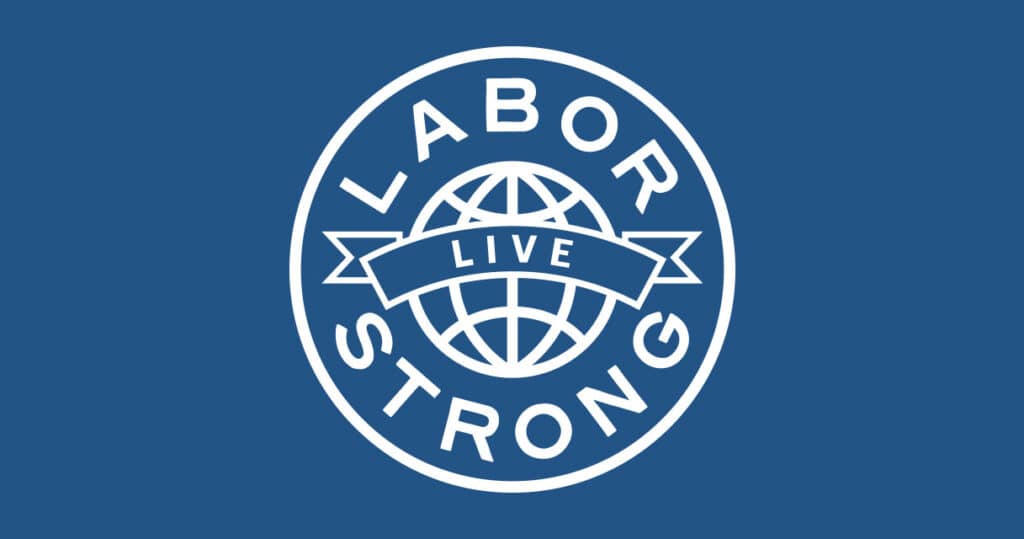What you actually need to know about MEC

The U.S. government says minimum essential coverage, or MEC, is “any insurance plan that meets the Affordable Care Act requirement for having health coverage.” Seems easy enough, right?
Not so fast.
A lot of legalese and jargon is hiding under that simple description. It’s all important, but for a working understanding of MEC, you have to cut through the complexity to figure out what you actually need to know about this coverage type.
Let’s take a look at MEC and what it means in the real world.
What is MEC?
The MEC story begins back in March 2010, when the Affordable Care Act—also known as ACA or Obamacare—was officially enacted.
Starting January 1, 2014, the “individual shared responsibility provision” went into effect. If individuals didn’t have MEC (or qualify for an exemption), they were required to make an extra payment on their taxes. The Tax Cuts and Jobs Act of late 2017 reduced that payment to $0 in 2019 and beyond.
MEC for employers
If an organization has more than 50 full-time employees, it’s legally required to provide MEC options that fulfill two requirements:
- Must be affordable
- Must provide minimum value to full-time employees and dependents
Those requirements rely on three key definitions:
- Affordability: The ACA sets limits on the percentage of household income an employee can be required to pay monthly for health insurance. This limit is based on the least expensive employer-sponsored plan that still meets MEC requirements; it was originally 9.5% but is regularly adjusted for inflation.
- Minimum value: A plan provides minimum value if it pays for at least 60% of covered benefits.
- Full-time employees: To be considered full-time, employees must work at least 30 hours per week or 130 hours per month.
Keep in mind that there are some variables at play. Elements like inflation continue to change the MEC game, which means choosing a plan isn’t a one-time solution; it’s an ongoing responsibility—one that relies on having correct, up-to-date information.
Let’s say you’re an employer who missed the memo, so you’re not offering MEC plans. Unfortunately, you might face one of two penalty types:
- Penalty A: Businesses pay a set amount per month for each employee not offered a MEC plan. (The first 30 employees don’t count.)
- Penalty B: Businesses pay a set amount per month per employee not offered minimum value coverage at affordable rates. To count toward this penalty, employees must go to the healthcare exchange and receive tax credits.
This leaves employers in a delicate position. MEC is a legal requirement, but only certain things count. That means businesses need to take an active role in decoding all that legalese and doing exactly what they’re supposed to do.
What does and doesn’t count as MEC
MEC is an umbrella term, so it refers to any kind of coverage that meets ACA requirements.
What counts?
Here are just a few examples of coverage types that count as MEC:
- Employer-sponsored coverage
- Coverage purchased in the individual market
- Most Medicare coverage
- Certain types of coverage offered by specific groups or programs, including:
- The Veterans Administration
- The Administration for Children and Families
- The Nonappropriated Fund Health Benefit Program
- Children’s Health Insurance Program (CHIP)
What doesn’t count?
Coverage or healthcare offerings that don’t count as MEC include:
- Vision coverage only
- Dental care only
- Workers’ compensation
- Plans that offer healthcare discounts instead of coverage
Making MEC simple with MagnaCare
Changing requirements, penalties, and coverage plans make it difficult for employers to keep up. Worse yet, the longer a company remains noncompliant, the bigger those penalties get.
Luckily, MyMEC plans from MagnaCare cut through the jargon.
MyMEC plans don’t just help employers meet ACA requirements. They’re also a chance to build a relationship with MagnaCare—experts in MEC and so much more. MyMEC plans manage claims administration, review bill amounts, provide identical coverage in all 50 states, and even return unused healthcare funds at the end of the year. Employers who partner with MagnaCare get the benefit of MEC coverage and ACA compliance without having to do all the legwork alone.
Depending on the chosen plan, benefits can include:
- Preventive and wellness services, including checkups, screenings, tests, and more
- Optional coverage for COBRA, vision, and telemedicine
- Primary care and specialist office visits
- Urgent care and emergency room services
- Prescription discount cards and drug benefits
By meeting ACA qualifications and offering all the necessary options, MyMEC plans help employers avoid stiff penalties. That’s how you care for your employees and your bottom line.
Learn more about MagnaCare MyMEC plans today.
MagnaCare Blogs

What to Expect from the Minimum Essential Coverage (MEC) Application Process
Finding a healthcare plan for your company isn’t…
Information on Change Healthcare Cybersecurity Incident
As widely reported in the media, Change Healthcare…

